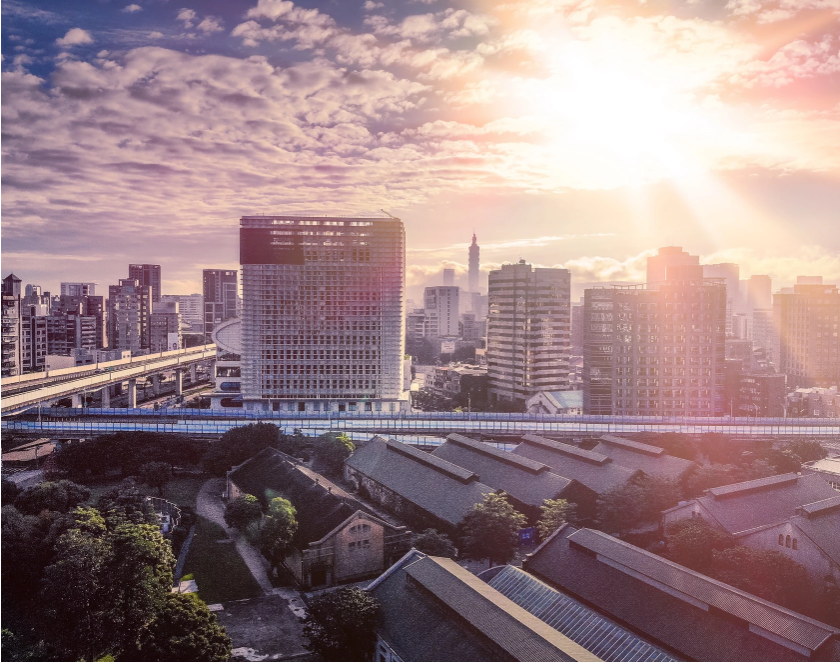
How should we redefine the progress of society and mankind in the future?
By following the 17 Sustainable Development Goals (SDG), which will guide us to new breakthroughs and a new chapter in modern human history!
In 1968, US Presidential Candidate Robert Kennedy explained in a speech why the GDP cannot accurately reflect a country’s growth and progress: GDP only focuses on financial numbers, such as the revenue from cigarette advertisements, the number of anti-theft locks or bullets sold, and completely ignores the real values of society, such as children’s health, the integrity of its government officials, treatment of the poor and devotion to nation. The GDP cannot measure intelligence nor courage. He famously mocked the GDP by stating that “[it] measures everything in short, except that which makes life worthwhile.”
To use the GDP to evaluate a society’s growth and progress is to indeed oversimplify the value of human life, and discredit human rights and the environment. We need a new measure for growth and progress.
After World War II, although the global economy experienced an unprecedented financial surge, many countries and societies remain underdeveloped. Thus, in 1990, the United Nations created the Millennium Development Goals (MDGs) to help less developed societies and groups escape poverty. However, upon realizing the limitations of the MDGs, the United Nations established the Sustainable Development Goals (SDGs) in 2015, designating 17 areas by which societal improvements should be achieved by 2030. The improvement upon the MDGs is a perfect example of the real way in which “growth and progress” should be evaluated. Even though Taiwan is not a member of the United Nations, our determination and resolve to move beyond the GDP and advance towards SDGs should be no less than other UN members.
The surpassing of the GDP by the SDGs is a reflection of the need for mankind to refocus on how it’s been functioning; how it should systematically redefine the relationships between the ecological environment, natural resources, financial activities, and societal needs; and how it should reconsider its responsibility to develop sustainably. Following the SDGs will be the key to making the shift from a linear economy to a circular economy.
A circular economy is more than just designing a sustainable business system. It aims to promote a type of economy that encourages both employment and economic growth while simultaneously protects the environment and maintains ecological balance. It is an economy that can answer to the guidelines of the 17 SDGs. Thus, shifting to a circular economy is not only one of the ways to achieve SDGs, but it is the key method to achieving SDGs!
Original article on Liberty Times Net
--
Kennedy, Robert, Remarks at the University of Kansas, 1968, https://www.jfklibrary.org/learn/about-jfk/the-kennedy-family/robert-f-kennedy/robert-f-kennedy-speeches/remarks-at-the-university-of-kansas-march-18-1968